The 1978–95 Porsche 928 is no longer a black sheep
It sounds crazy now, but in the 1970s, the Porsche 911’s days looked numbered. The signature sports car had been around for a while, and in the United States, where more than half of all Porsches sold at the time, safety and emissions regulations were becoming onerous and ever-changing. With all of the uncertainty, Porsche had to start facing the notion that the 911 might be too complicated to make compliant. Of course, the 911 never went anywhere, but just in case, Porsche started work on a new model.
That car was the Porsche 928. While it always shared the showroom floor with the 911 that it was supposed to replace, the 928 historically isn’t beloved by Porschephiles to the same degree. For many years it was regarded as little more than a temptingly cheap, cool car that bit people hard when the first service bill came in.
When new, however, the 928 was an engineering tour de force. A yuppie-era status symbol that graced the big screen in Scarface, Weird Science and Risky Business. In recent years, enthusiasts and collectors have come around to the 928, and its stock has gone way up. It is a lot more expensive to buy than it used to be, but it remains a fast, comfortable, handsome GT.
An all-new car
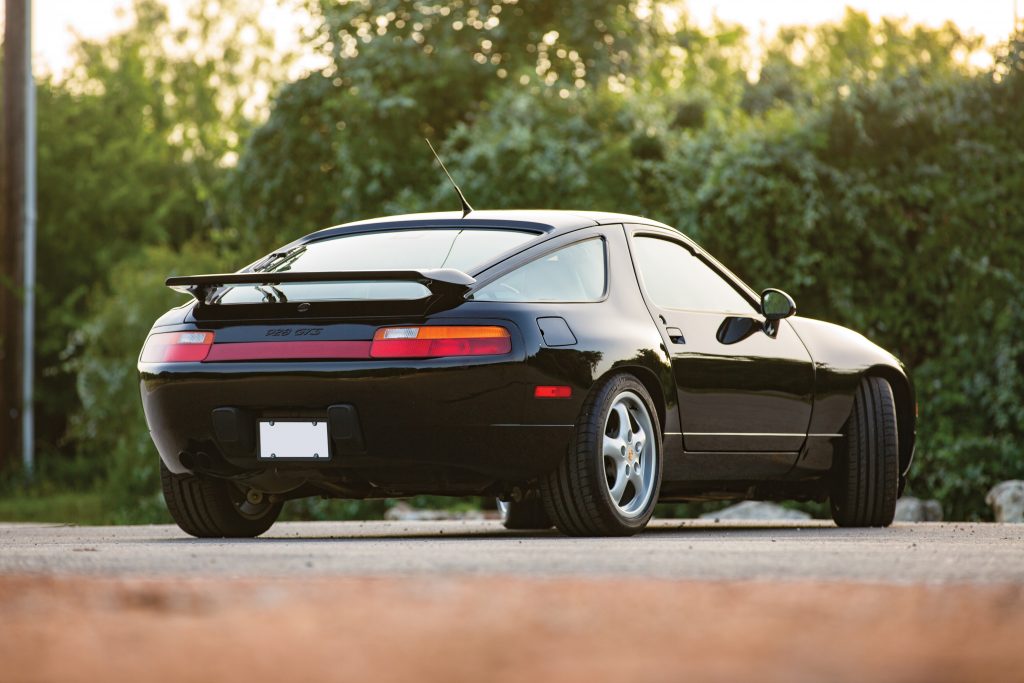
In planning the 928, Ernst Furhmann, Porsche’s managing director (and the first person outside of the family to head the company), pushed for a GT car with a more conventional layout than the old-school 911. That is, using a water-cooled engine up front. It was the same idea as Porsche used for the 924, but the 928 didn’t share anything with that entry-level offering. Throughout Porsche’s history up to this point, all of its models had either evolved from another car or utilized components from another manufacturer. The 928, on the other hand, was an entirely in-house job—and the first Porsche road car designed completely from scratch.
A single overhead cam 4.5-liter 90-degree V-8 provided a balance between performance and efficiency, at least by late 1970s standards. The transmission was fitted at the rear and ahead of the final drive for balance. Buyers chose between a five-speed manual or a three-speed automatic borrowed from Daimler-Benz.
Manual cars have a shift pattern with first gear to the left and back, which makes sense for racing but seemed like an odd choice for something driven around town and on high-speed cruises. Porsche justified the move by countering that the 928 made so much torque you could start in second. The automatic, meanwhile, was the first full auto offered in a Porsche, and standard power steering was another nod to the 928’s luxury car ambitions. One ad told people to “Think of it as a Mercedes with Tobasco sauce.”
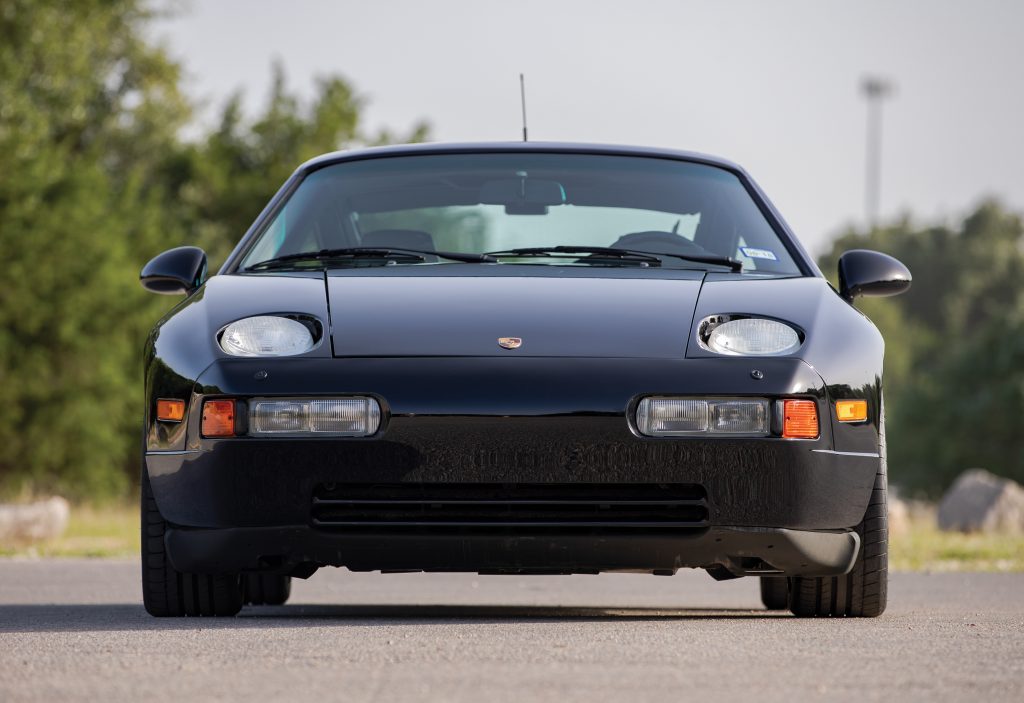
Porsche used aluminum for the doors, hood, front wing and front fenders to save weight, but it is still a hefty car at well over 3000 pounds. Options like a sunroof and rear A/C unit only piled on the pounds. The big, torquey V-8 can handle it, though, and even the slowest ones were good for around 140 mph. The 928’s almost universally praised high-speed stability and smooth handling come courtesy of the so-called “Weissach axle,” a clever passive rear-wheel steering system that reduces oversteer.
Inside the cabin, Porsche gave the car more room than a 911 and Porsche finally offered rear seats that, while not massive, were no longer a joke. And the wild pattered “Pasha” upholstery may be retro-chic today, but it was ultra-modern at the time. Clean, smooth bodywork without big spoilers or a prominent grille, mimicked the cheaper 924 but the pop-up headlights are exposed on a 928. According to Porsche, this meant you could clean the headlights every time you washed your car.
Mixed signals: The 928 meets the world
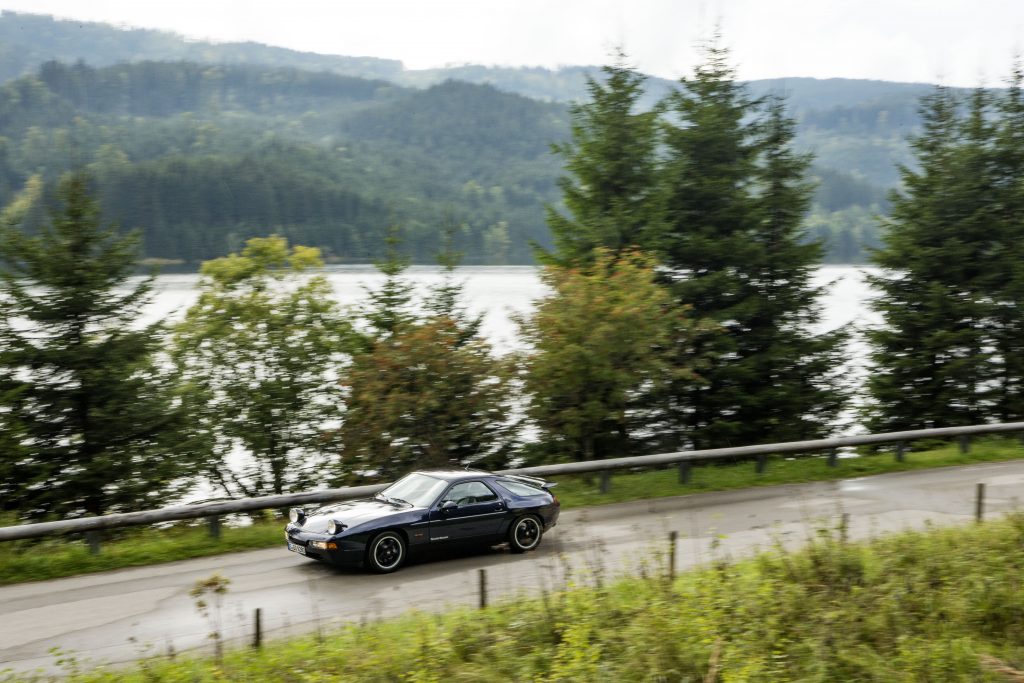
In March 1977, the production version of the 928 debuted at the Geneva Motor Show. Later that year, it became the first sports car to win the European Car of the Year award. Ads boasted that it was “The car projected to take Porsche into the next century” and that “We would have released it sooner, but we were too busy applying for patents.”
The press were generally impressed with its combination of GT car comfort and race-bred Porsche athleticism. Autocar called it a “grown-up supercar,” and German magazine auto motor und sport, contrasted a 930 with a 928S after five hours on the Autobahn, declaring that the 930 driver “is visibly bushed and figuratively gives himself a pat on the back. The 928S pilot steps out of his capsule relaxed and…without bands of perspiration under his armpits.”
All these accolades weren’t reflected in the 928’s sales figures, however. The hallowed 911 hadn’t bowed out, after all, and most traditional Porsche customers weren’t smitten with the big, heavy 928. Porsche fired Ernst Fuhrmann in 1980, in part because of the 928’s unsuccessful market splash, but the company kept on building the car anyway.
Evolution of the 928
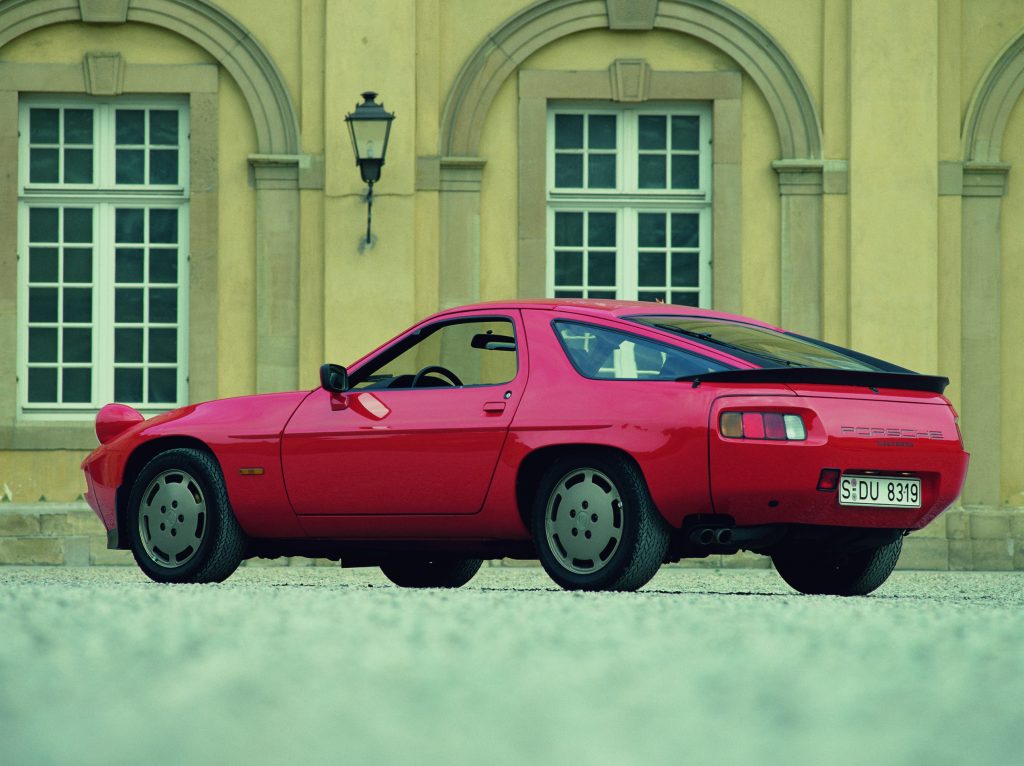
The first major changes came in the 1980 model year, with Bosch L-Jetronic fuel injection added for North America. Porsche debuted the 928 S model for 1980 as well, distinguished by new spoilers, wider wheels and a bump in displacement to 4.7 liters. We didn’t get the S model in North America until 1983, but as a consolation we got an available “Competition Package” that added the S spoilers.
For 1983, we got the full S package with the 4.7-liter power to match the sporty looks, and the automatic transmission added a gear, for four total. While most early 928 buyers opted for a five-speed, the automatic became and increasingly popular option over the years.
The 1984 model year added higher compression for more torque, and Bosch antilock brakes came onto the options list (ABS became standard from 1986). A new, 5.0-liter, DOHC 32-valve V-8 came to the U.S. market for 1985. With it came a bump in power to 288 hp and a top speed of over 155 mph. Other changes included new synchromesh for the gearbox and a shorter, lower shifter as well as a new radio antenna and new front seats.
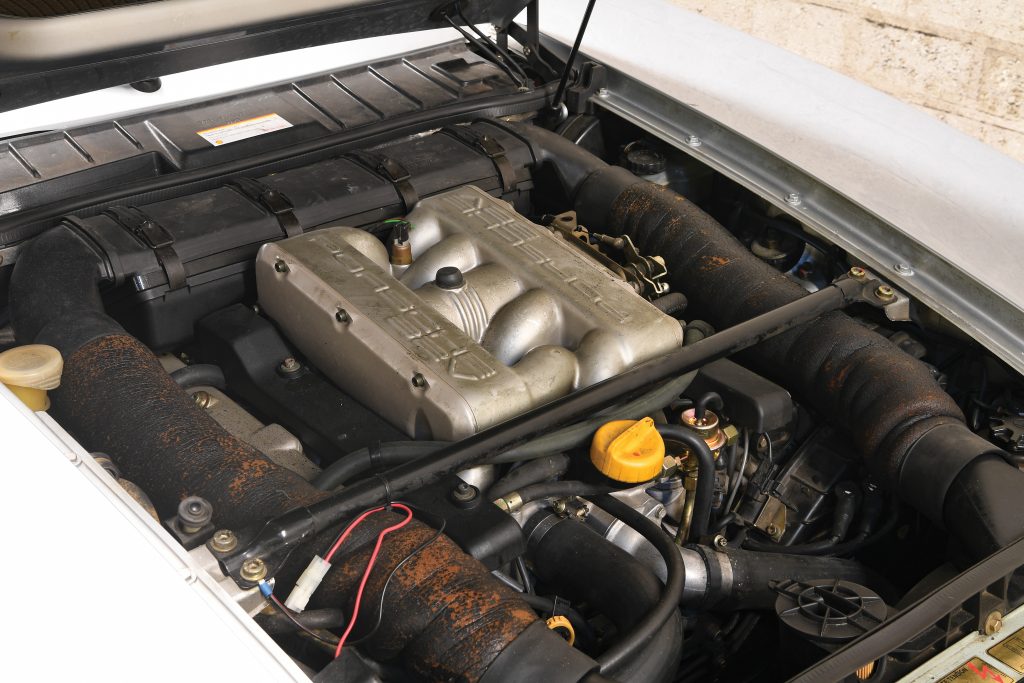
For 1987, the S4 arrived in America with different cams, pistons, heads and intake for a walloping 316 hp, a ton of oomph in the 1980s. A larger torque converter on automatics, a single disc clutch on manuals, and revised bumpers and rear spoiler on all 928s rounded out the S4. Then, in 1989, 928 buyers had the choice of the S4 or the GT, a better-equipped, manual-only car.
That duo continued on until 1992, when the ultimate 928—the 928 GTS—debuted. Under the hood, a larger crankshaft allowed for 5.4 liters displacement and 350 hp along with a top speed of 170-plus-mph. Bigger front brakes, wider rear track, 17-inch wheels similar to the 911 Turbo and revised styling rounded out the package.
Design-wise, the aging 928 platform went out with a bang, but a look at the sales figures will leave you thinking it went out with a whimper. The Deutschmark’s strength against the U.S. dollar never did Porsche any favors, and although the 928 was an expensive car from the beginning, exchange rates had Americans shelling out more and more money. Yearly 928 sales only topped 5000 units twice (1979 and 1984), but sales really started slumping in 1988.
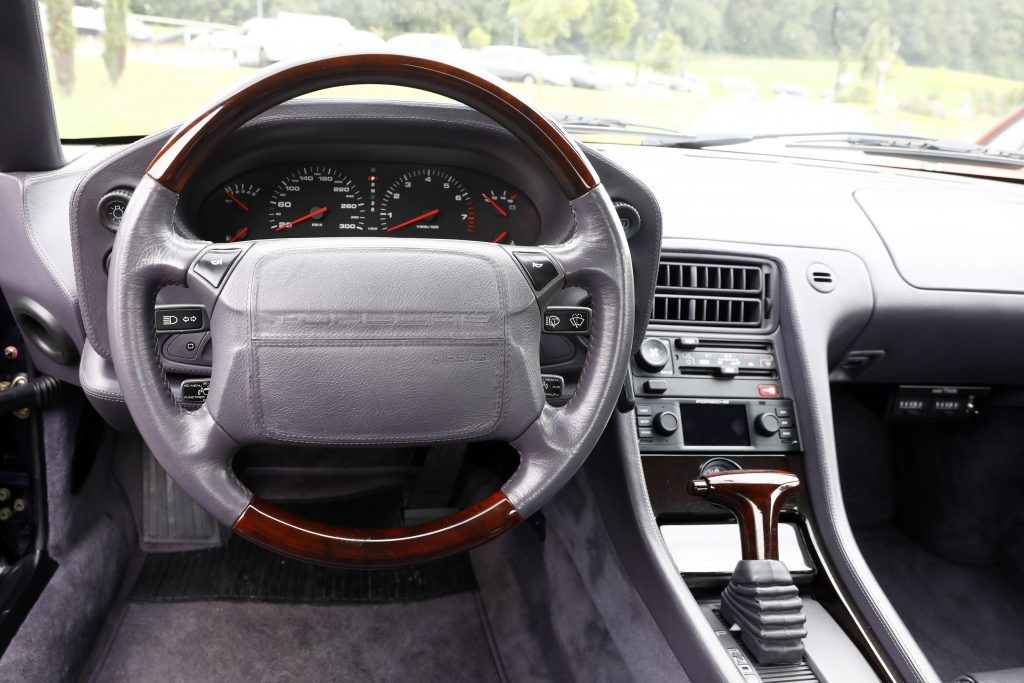
By the 1990s, a 928 GTS with some options carried a six-figure price tag, making it one of the most expensive cars on the road and about three times the price of a Corvette. There were also gas-guzzler and luxury taxes to worry about in the U.S.. It took some mental gymnastics to justify that kind of price for a 15-year-old design. Just 77 928s sold in North America for 1995, the last year for the 928 and indeed the last year for Porsche’s transaxle era that included the 924, 944 and 968. For 1996, the 911 was the one and only model in Porsche’s lineup.
Once they hit the second-hand market, many 928s followed the familiar pattern of many high-end GT cars. They depreciated to the point that they became affordable to the point that just about anybody who had seen Risky Business could save a few bucks and buy one, but then once the service bills started coming in realized they couldn’t afford to keep one.
What 928s are worth
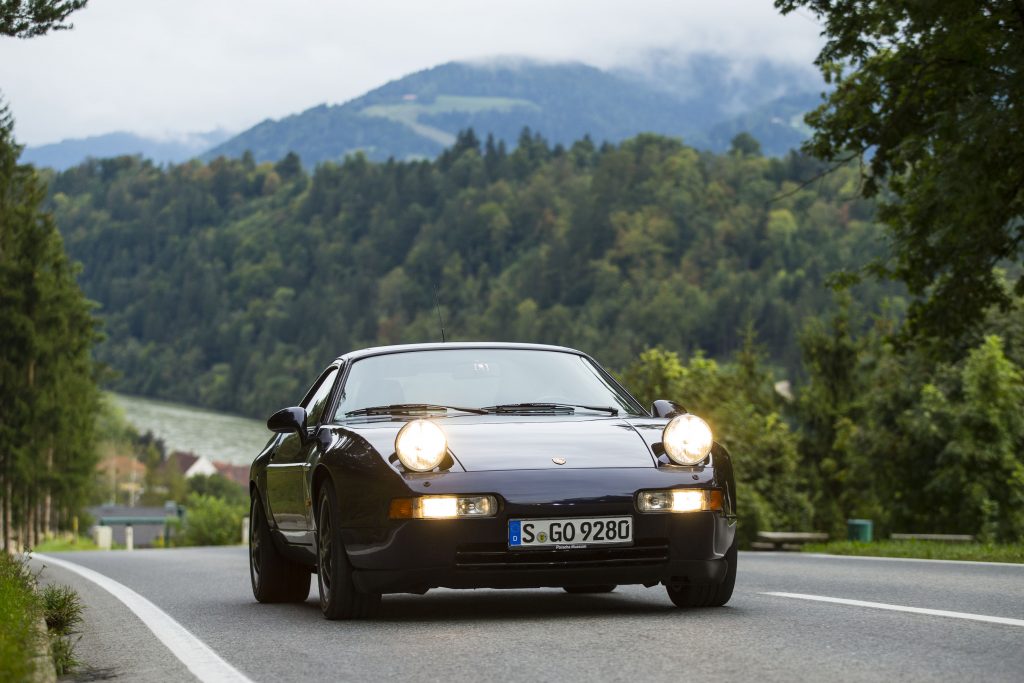
While air-cooled 911 prices skyrocketed a few years ago, growth for 928s was more modest but still significant. Prices started inching up in 2013, and from January of that year to the beginning of 2019, median #2-condition (Excellent) values for the 928 were up 114 percent. Since then, values haven’t moved.
The first 928s carry some notoriety for being the first ones and being somewhat hard to find, with values ranging from $7200 for a 1979 model in #4 (Fair) condition to $75,000 for a best-in-the-world-condition #1 (Concours) first-year 1978 model. The 1980-82 4.5-liter 928s, meanwhile, are the most affordable of the family, with a #2 (Excellent) value of $32,000. Subtract 20 percent for an automatic, add 5 percent for the funky Pasha interior. The 928 S and 928 S4 carry condition #2 values of $35,000 and $40,500, respectively, while the 928 GT comes in at $48,300.
Special editions to look out for include the Jubilee Edition, the Weissach Edition, and the Club Sport. Porsche built 141 Jubilee Editions on the 928 S platform with Meteor Metallic paint, flat disc wheels and red leather seats with stripes, but they were sold outside of North America. What Porsche did sell in North America was a Weissach Edition. Just 202 came here in 1992, distinguished by gold paint with gold wheels and a two-tone leather interior. The Club Sport is a lightened, stiffened and slightly more powerful version of the S4, but good luck finding one, as sources point to no more than 20 being built.
The 928 GTS is in a different ballpark when it comes to price. The best, the newest, the fastest, the most developed and the rarest of the series, the GTS is worth over twice as much as an S4 model regardless of condition, and a GTS with a five-speed is the Holy Grail for 928 shoppers. A 1992-94 GTS carries a #2 value of $89,900. The even more desirable final-year 1995 model (just 77 were sold in North America) comes in at $101,000 in #2 condition. The most anyone has ever paid publicly for a production 928 is €138,000 (about $157,000 at the time) in Paris last year. That car ticked most of the right boxes with good colors, low mileage and a five-speed. The most expensive sale in this country was a 1995 model, also with low mileage and a five-speed, sold for $140,000 in Monterey two years ago, and the most expensive 928 sold on Bring a Trailer was yet another 1995 5-speed car sold for $117,000 last April. Technically, the most expensive 928 sold at auction is the ex-Derek Bell 928 Club Sport prototype that sold in 2016 for €253,000 (about $282,000 at the time).
The important thing to remember when shopping for a 928, especially an early one, is that things like meticulous maintenance records, long-term ownership and careful driving aren’t as common among 928s as they are among 911s. Even the newest ones are over 25 years old now, and the oldest ones are over 40, so aside from the usually mechanical complications there are things like worn upholstery, dull paint, cracked dashboards, and popped stitching to look out for. “Buy the best one you can afford” is one of the best tidbits of advice in shopping for an old car, and it is truer for 928s than most cars. Still, no matter how you slice it, the right 928 is a lot of car for the money.
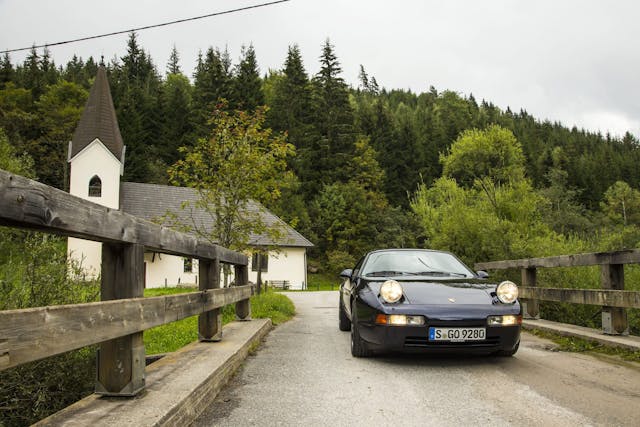
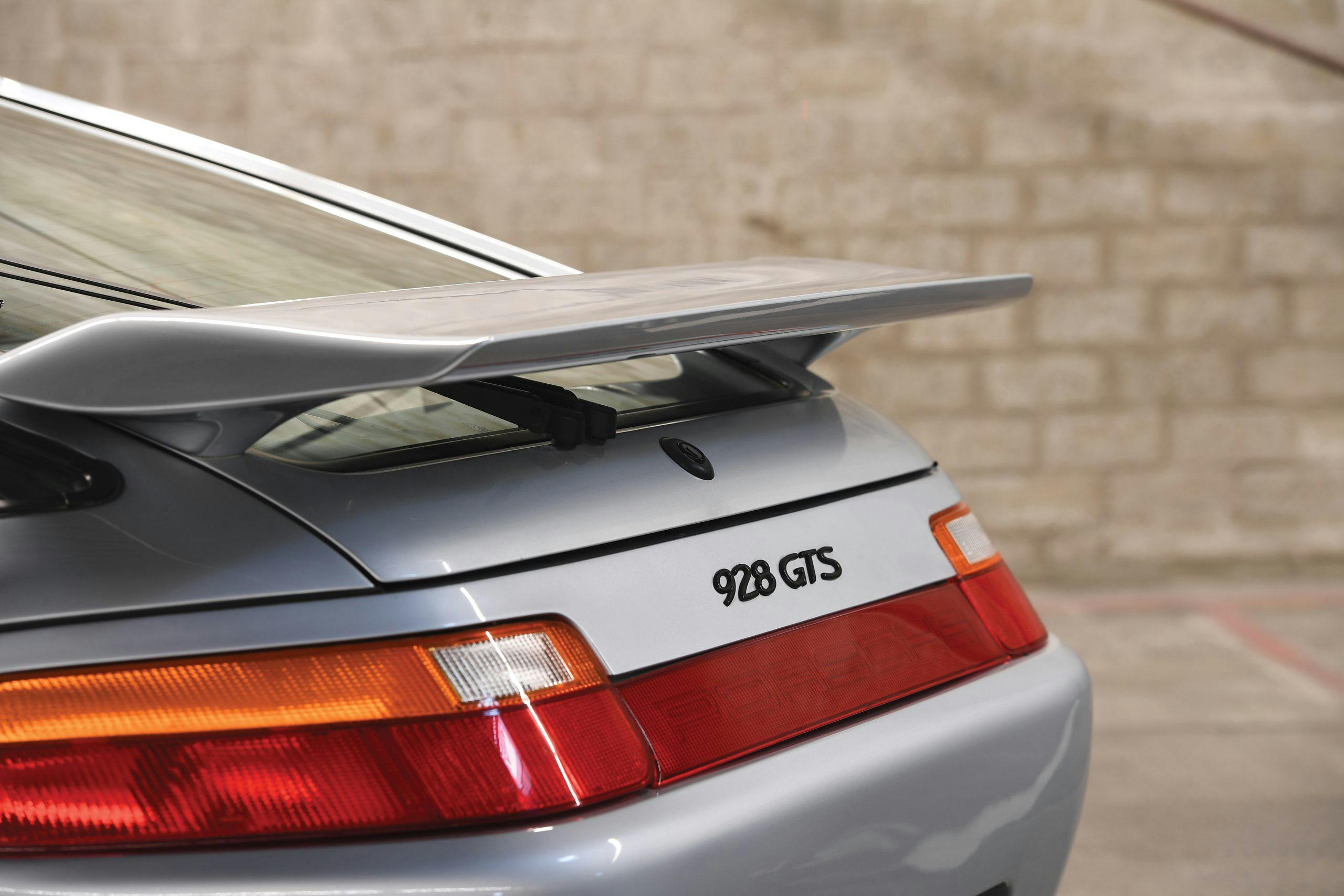
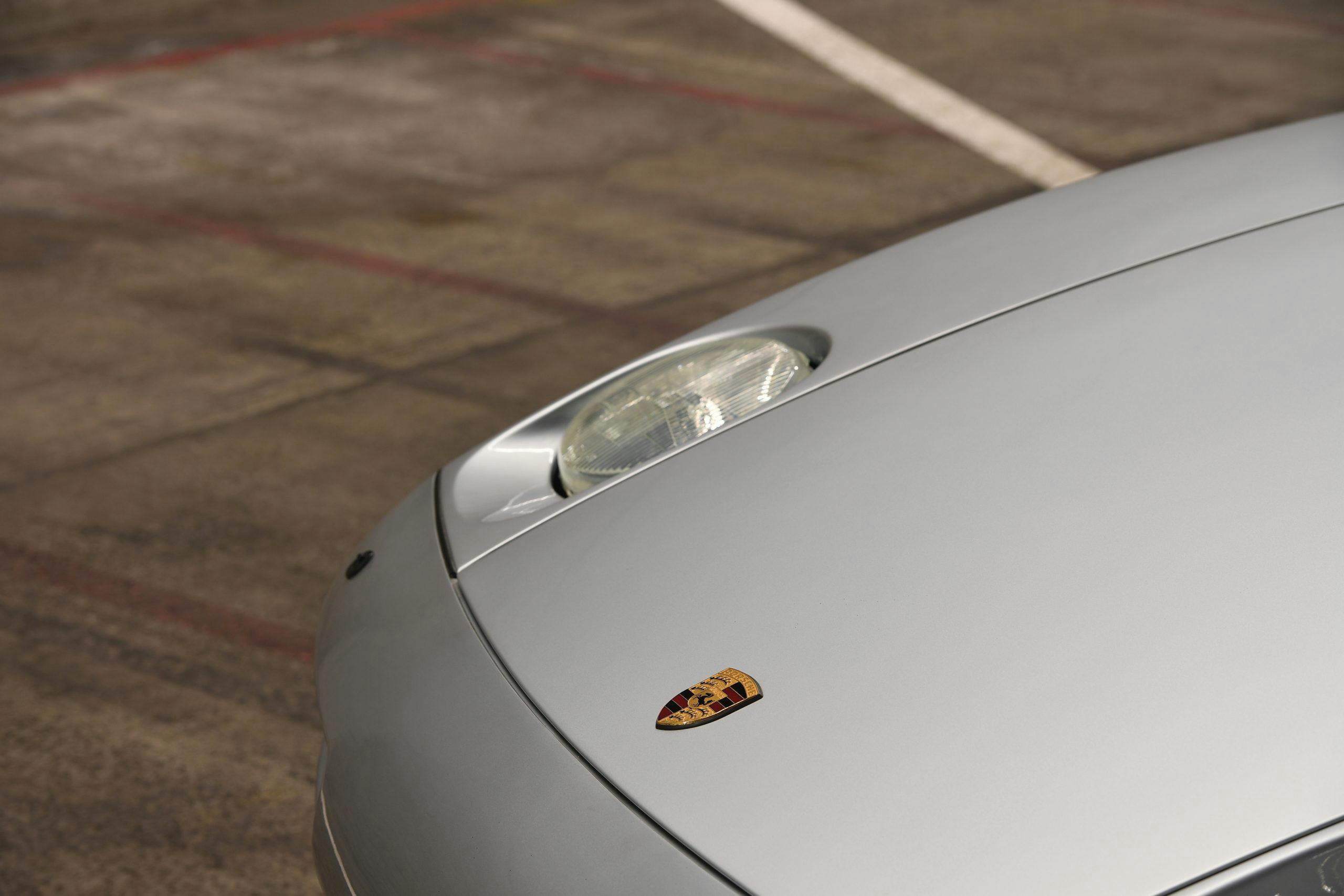
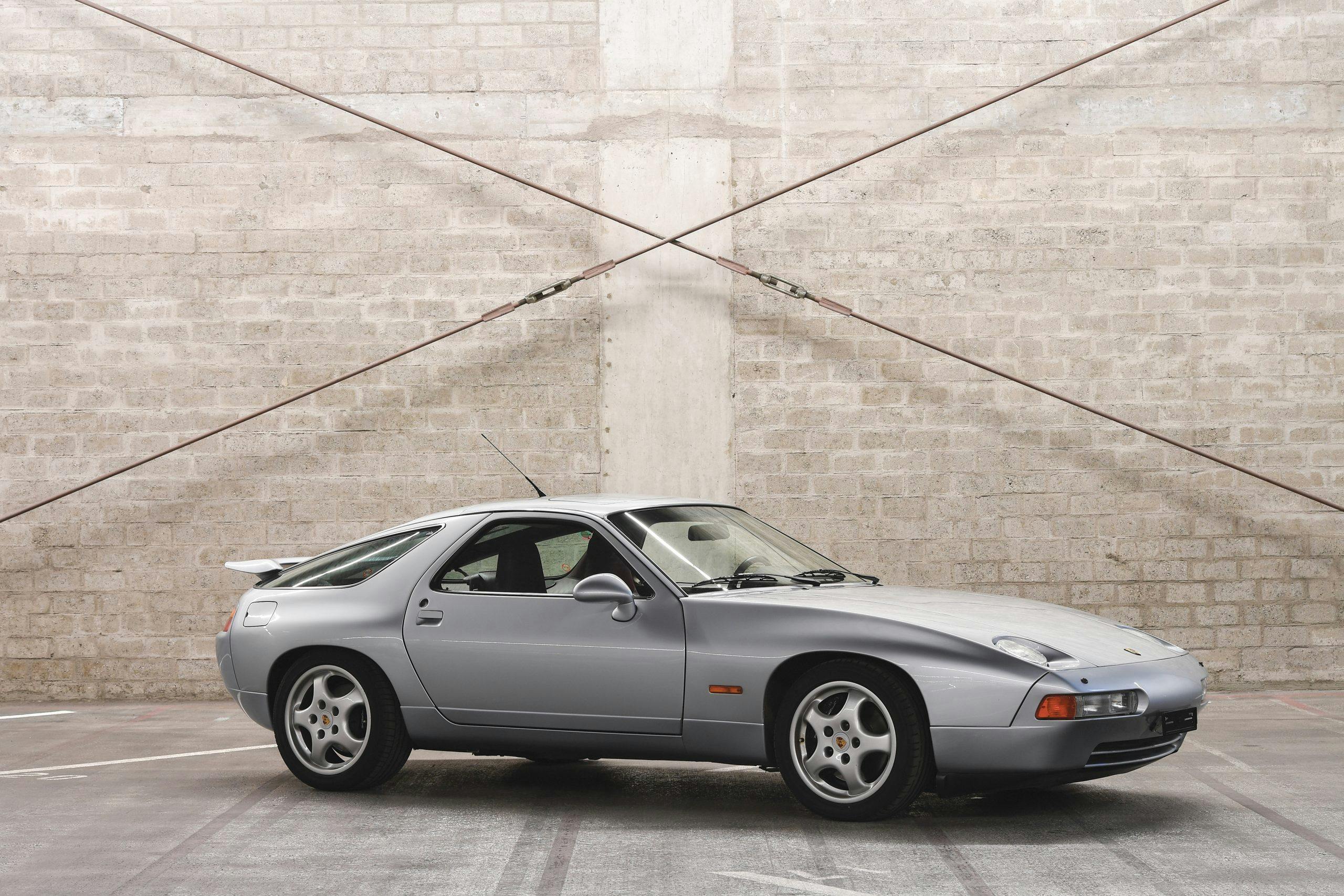
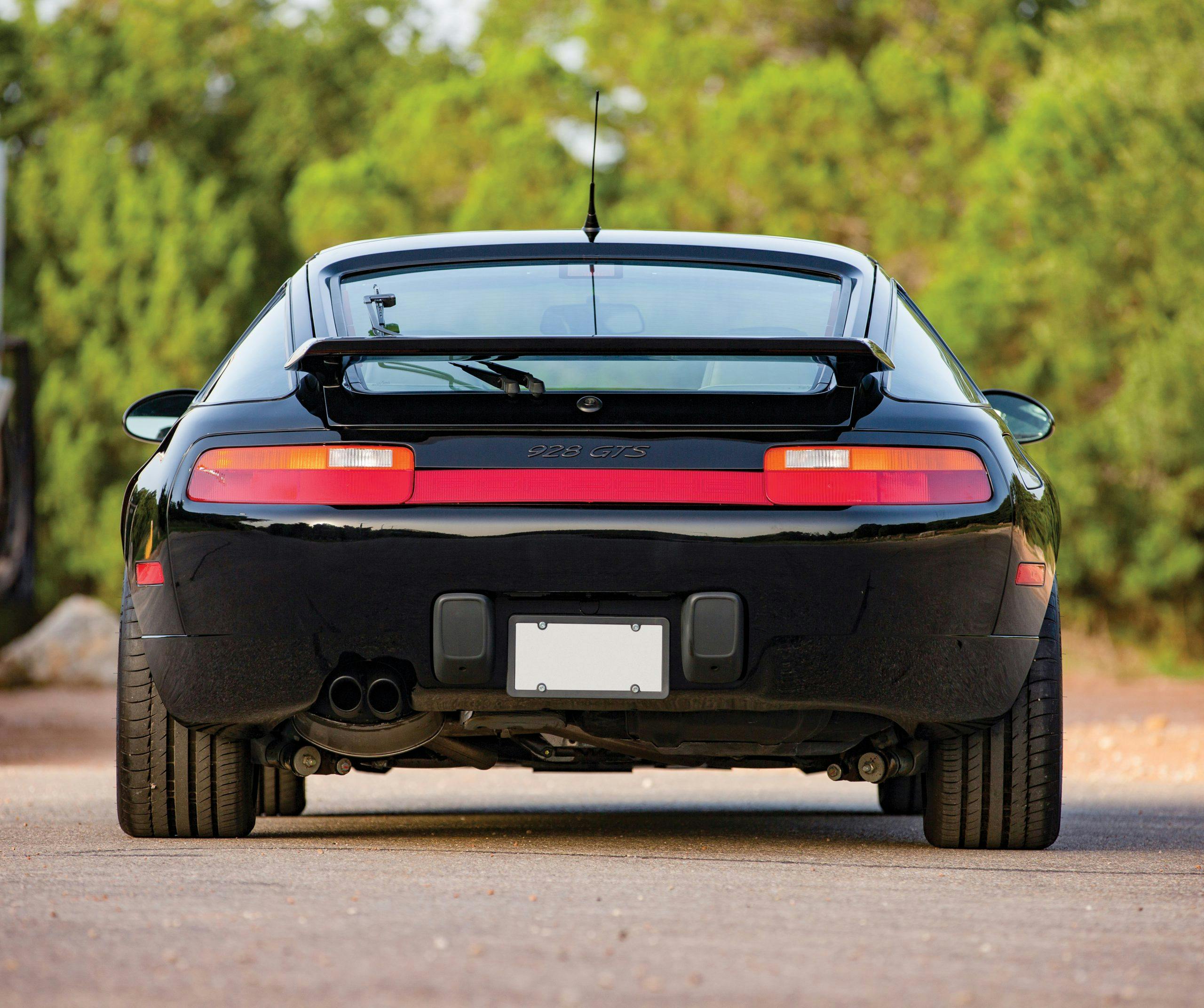

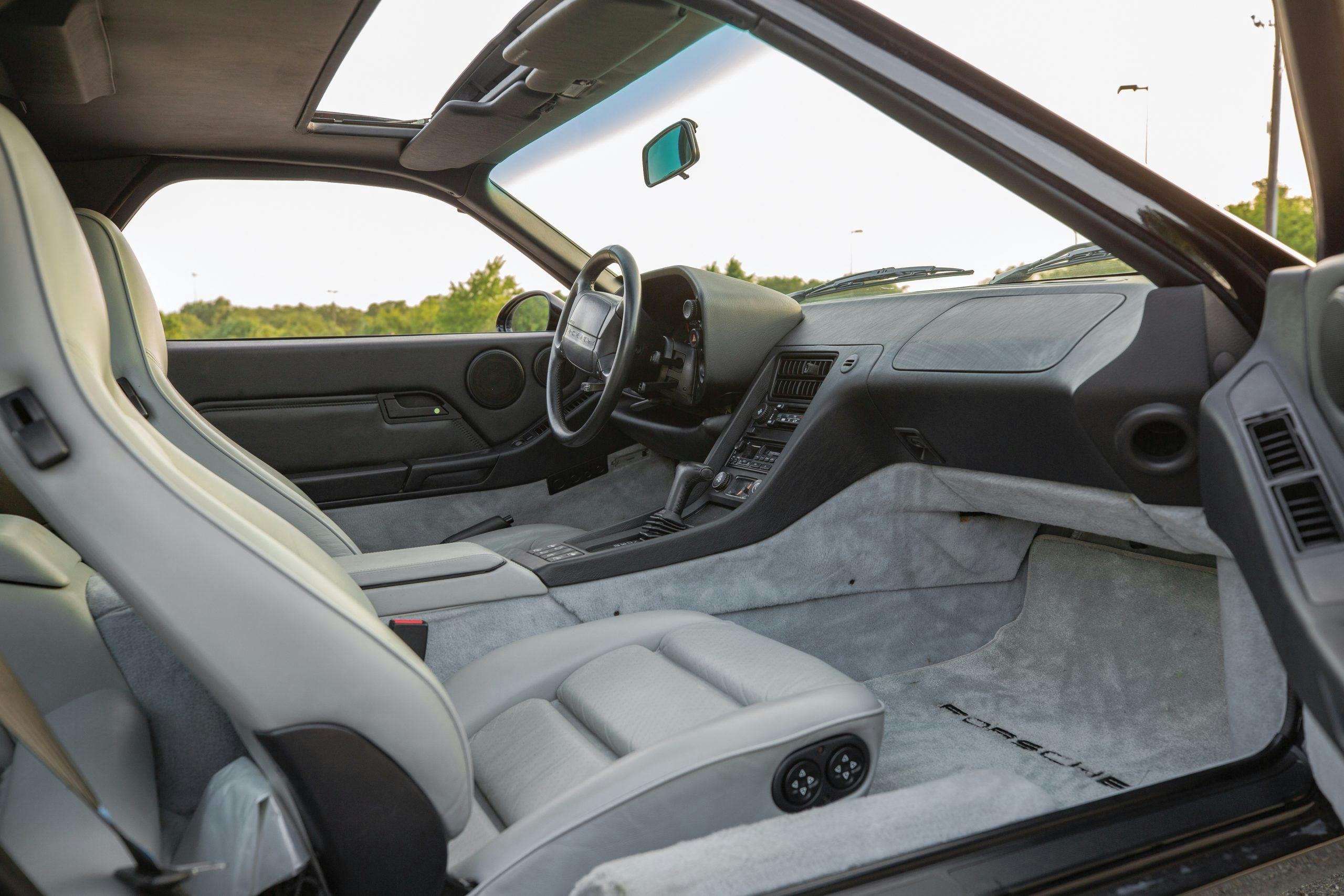
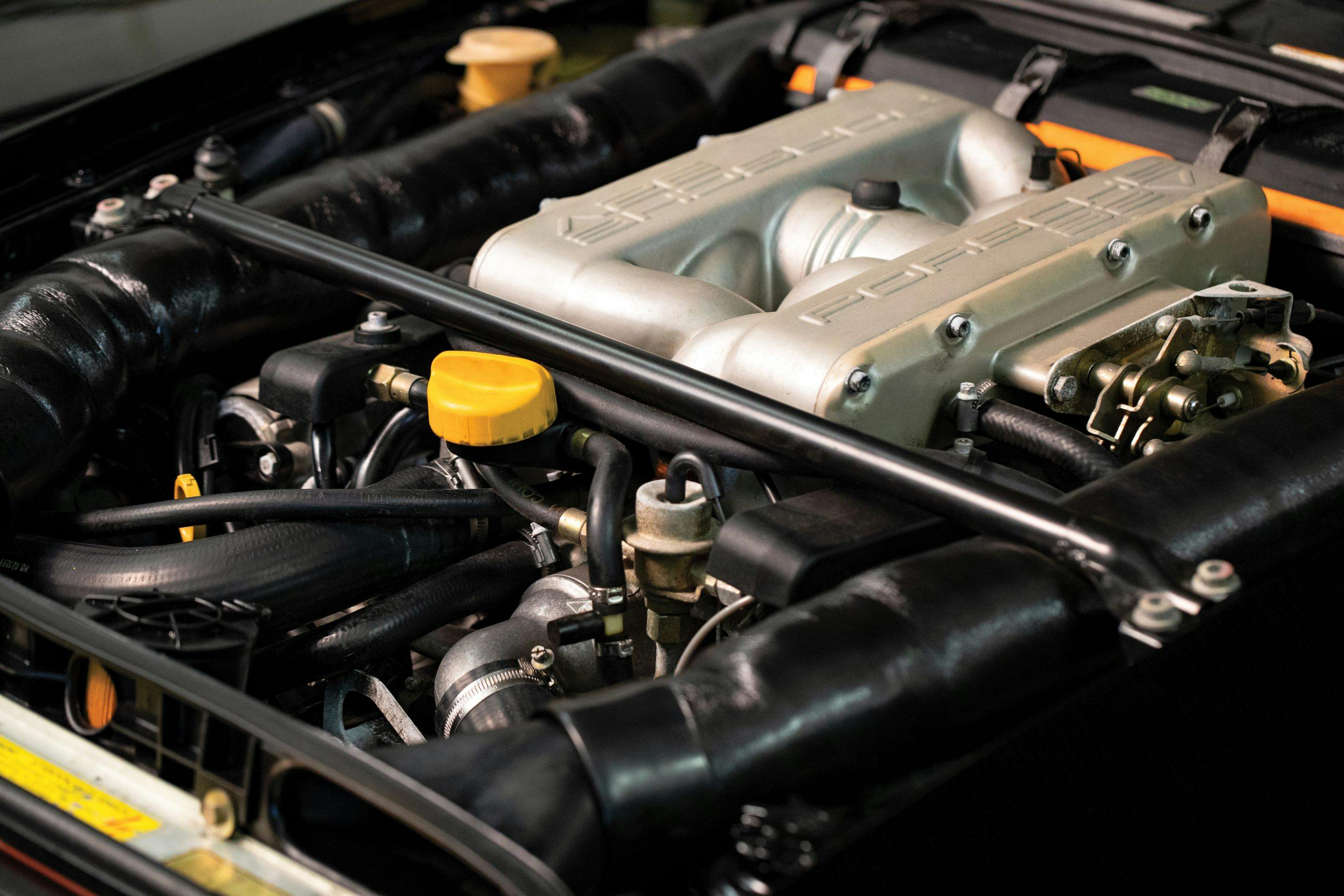
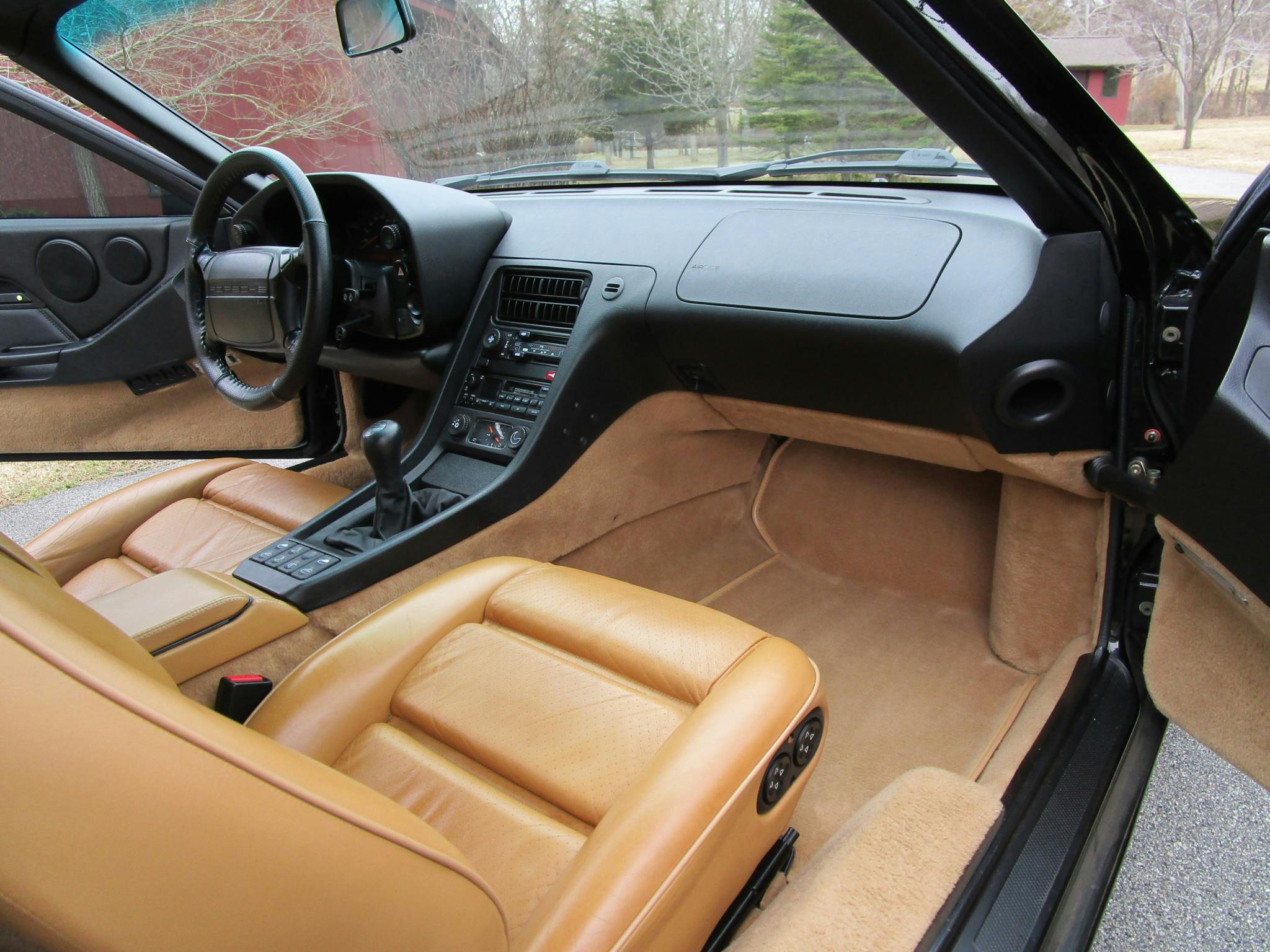
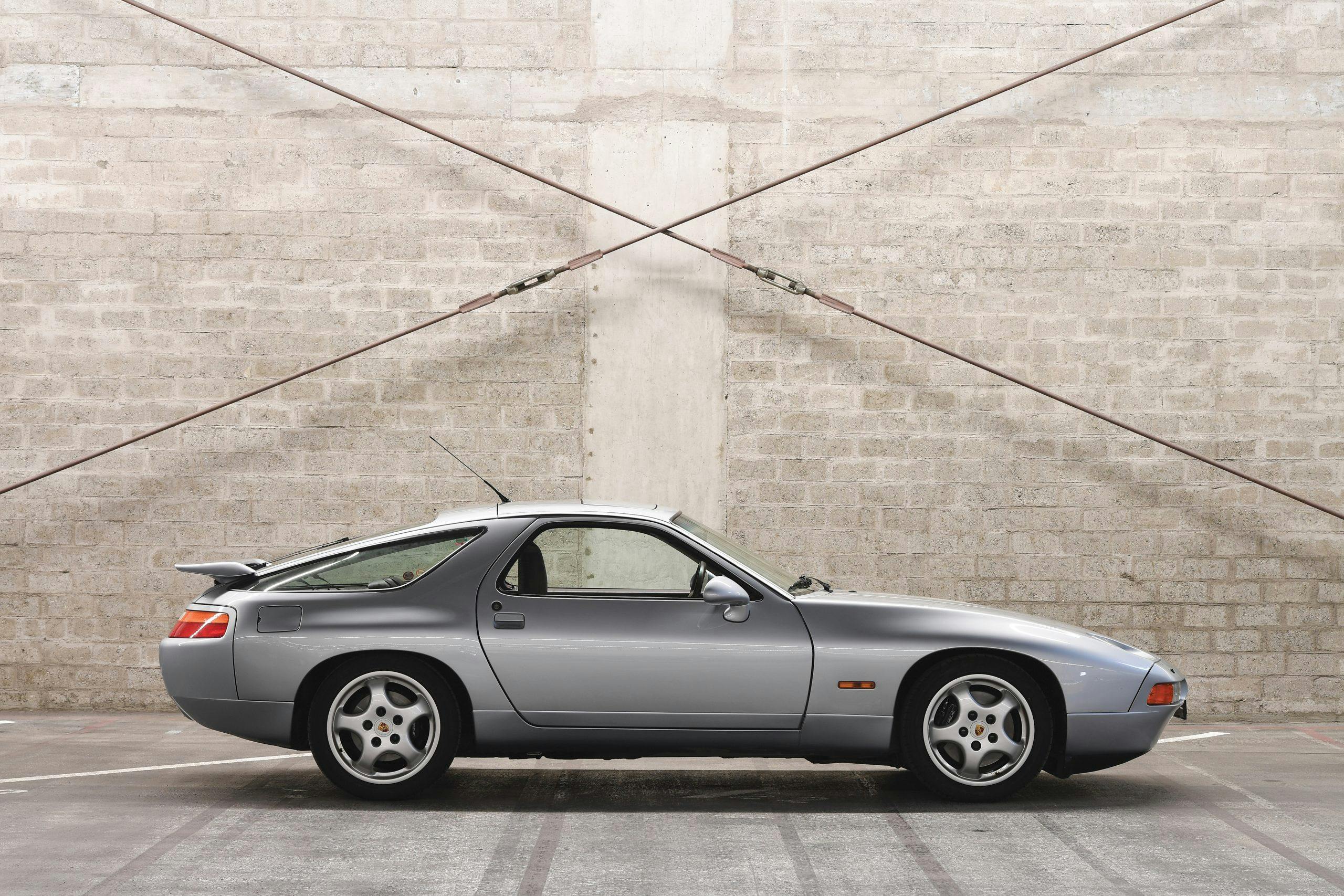
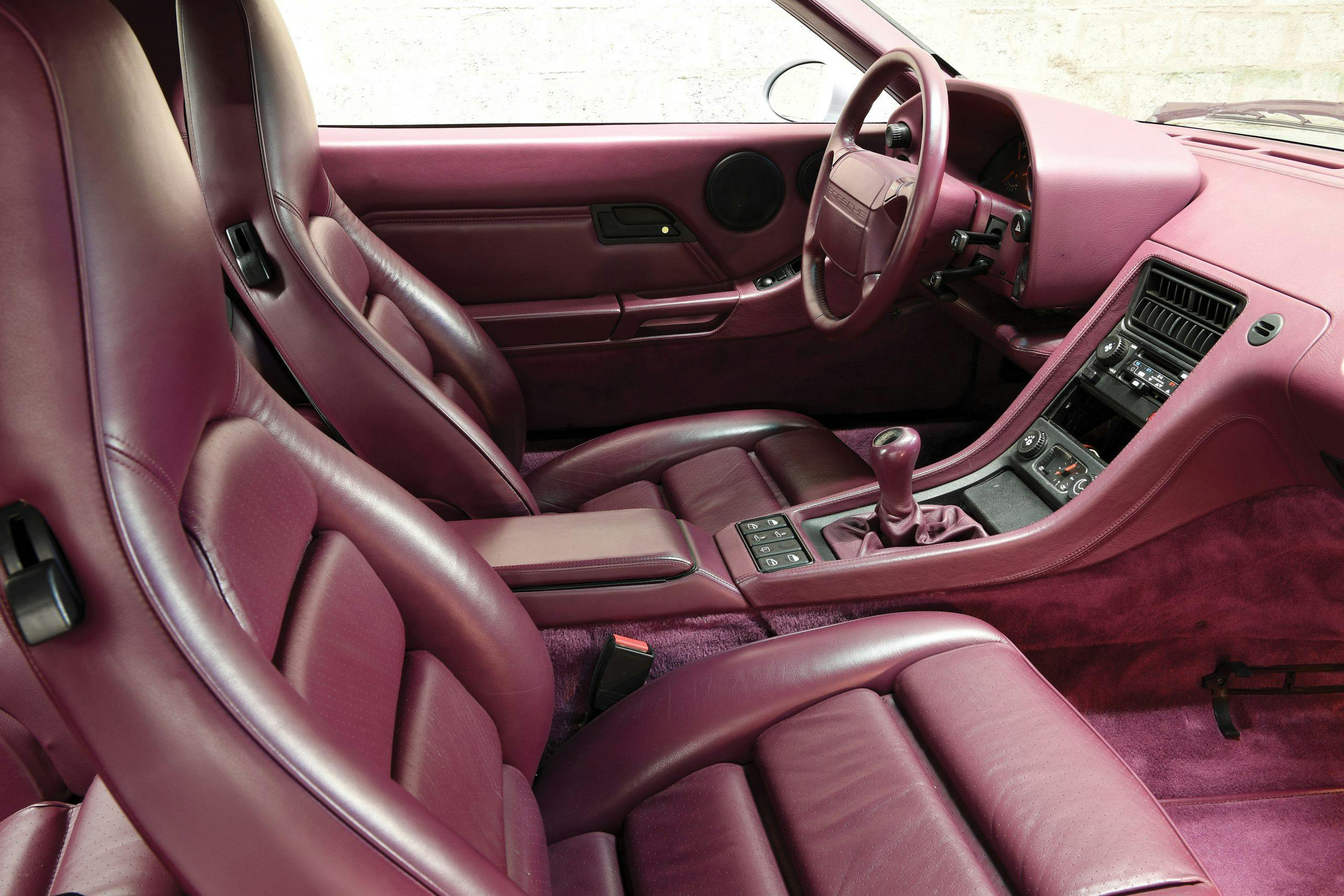
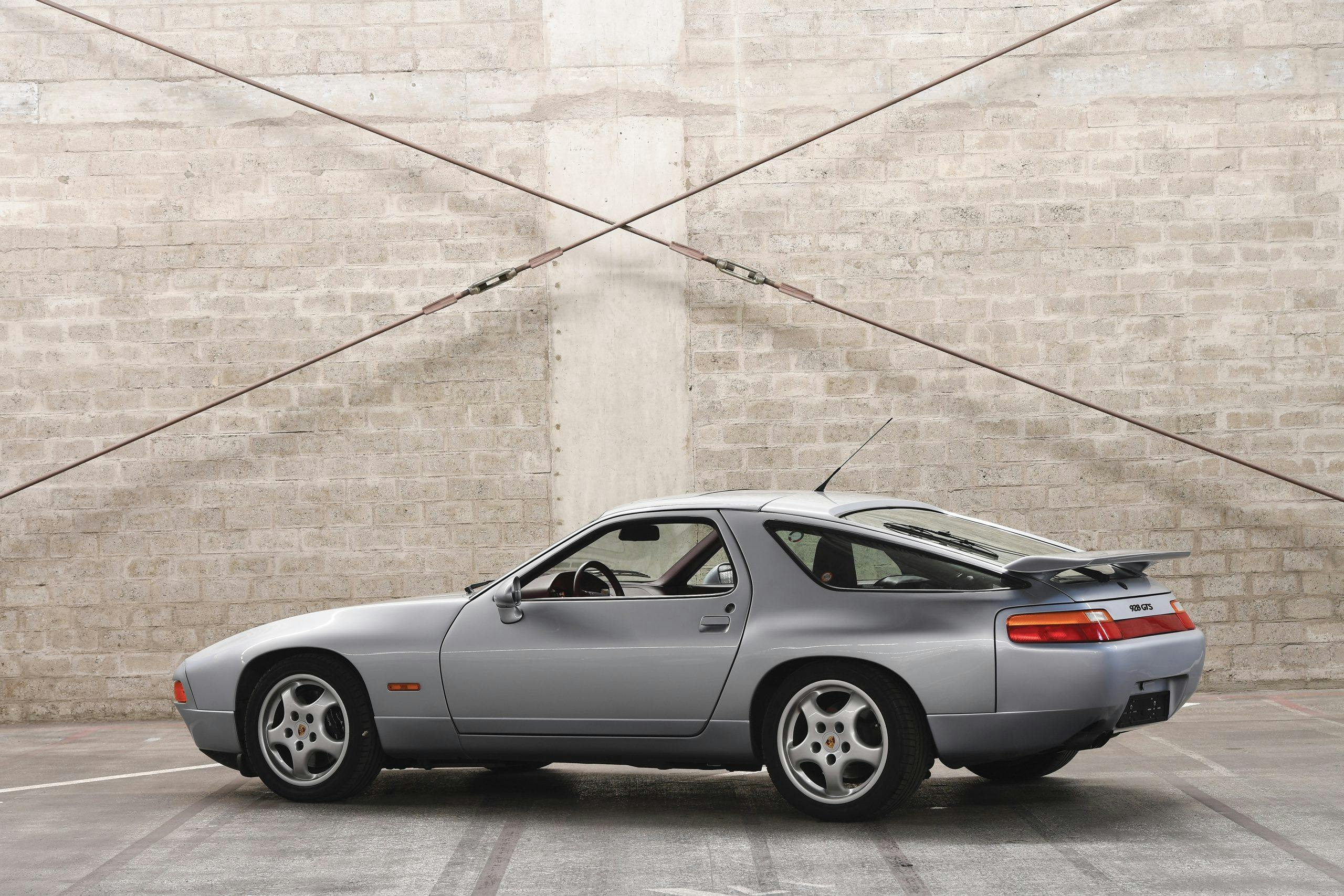
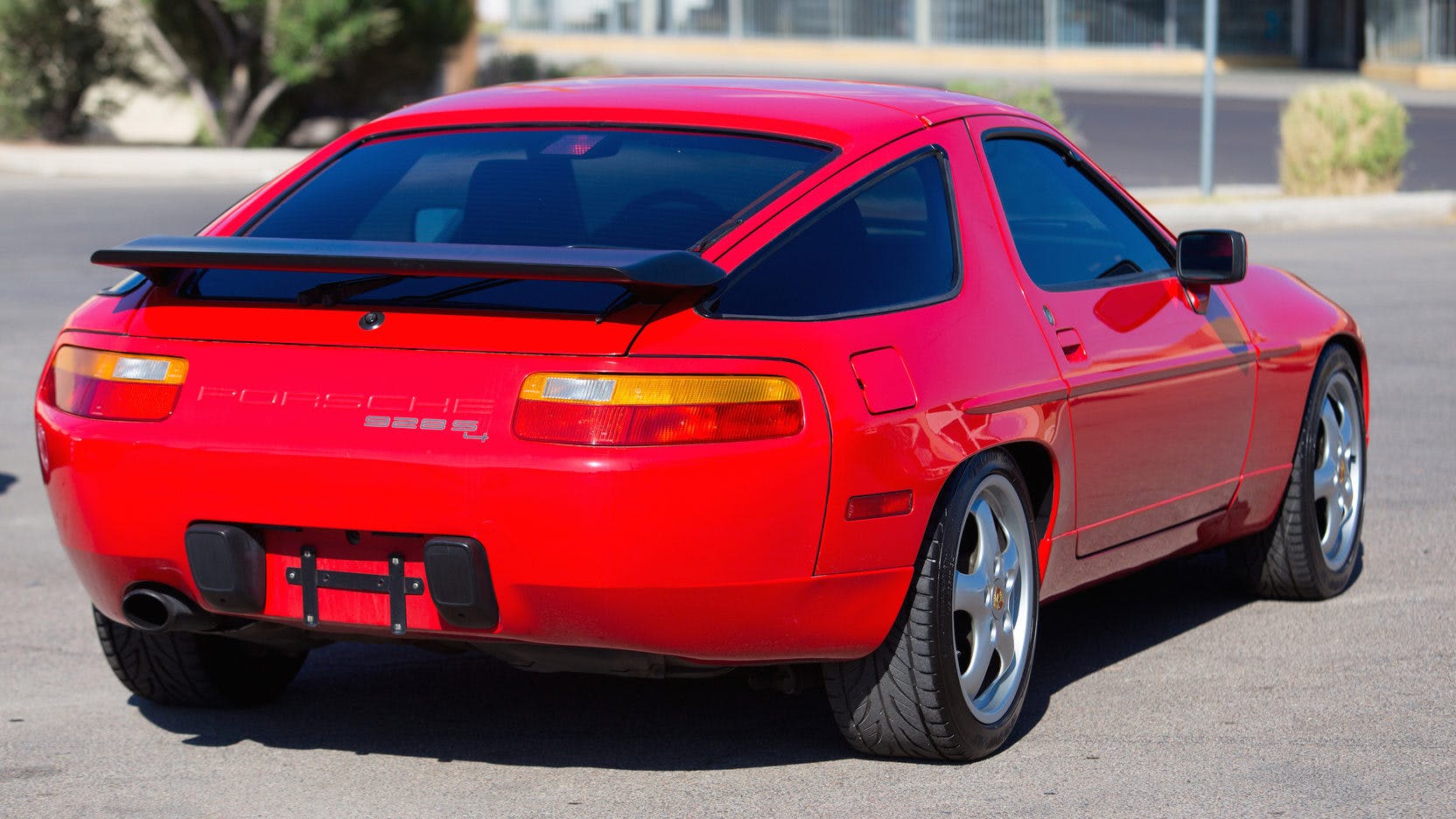
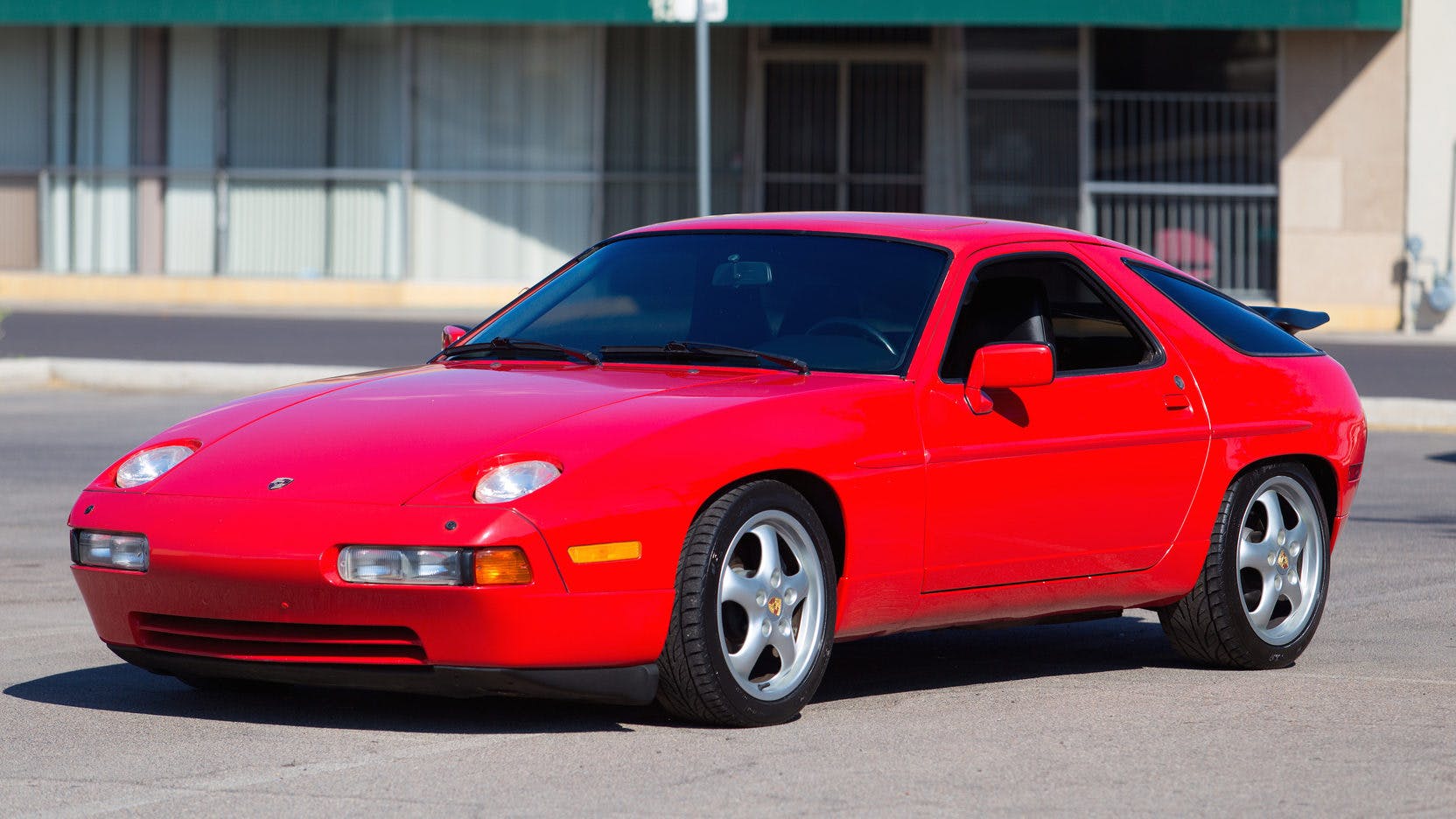
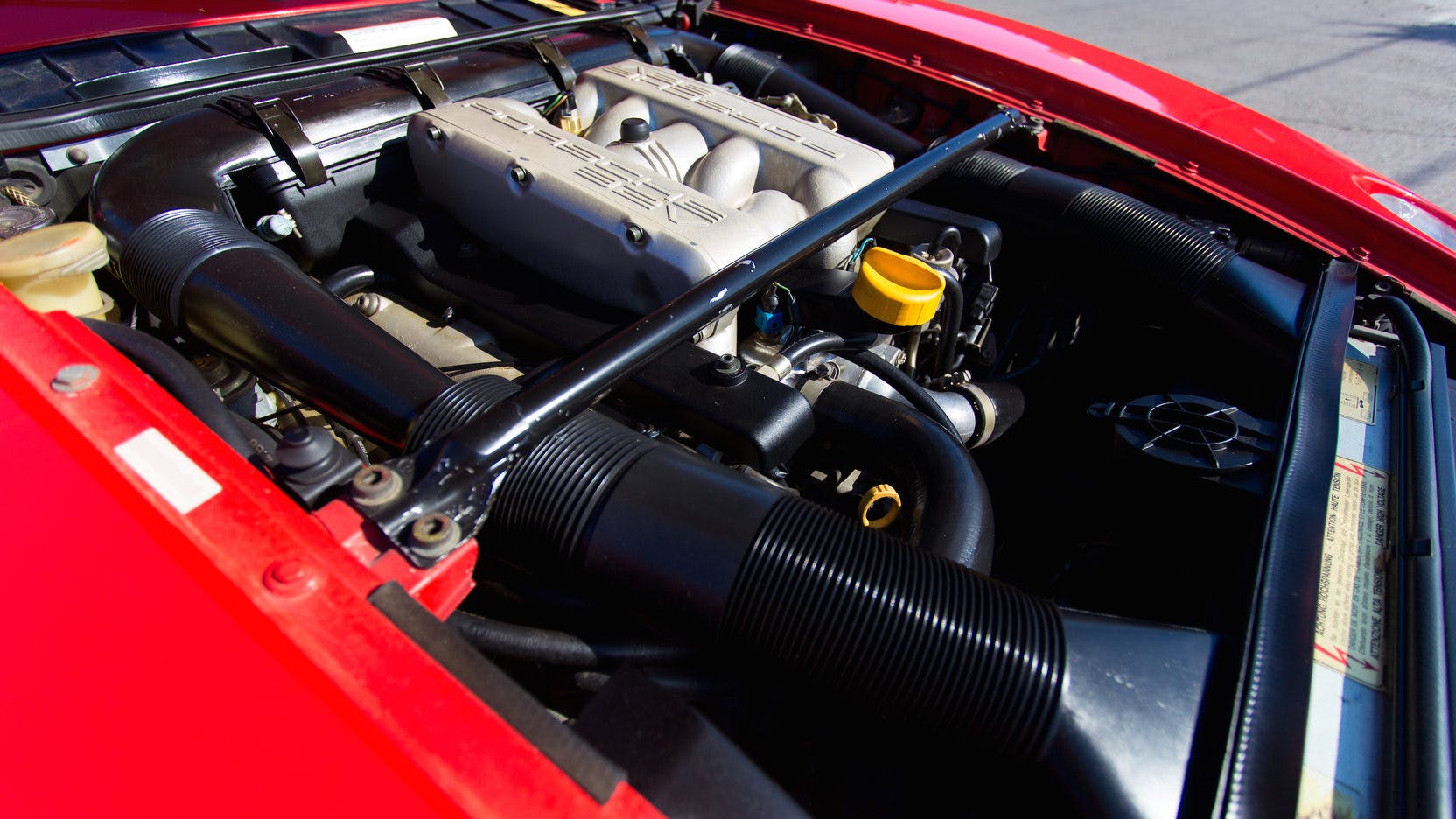

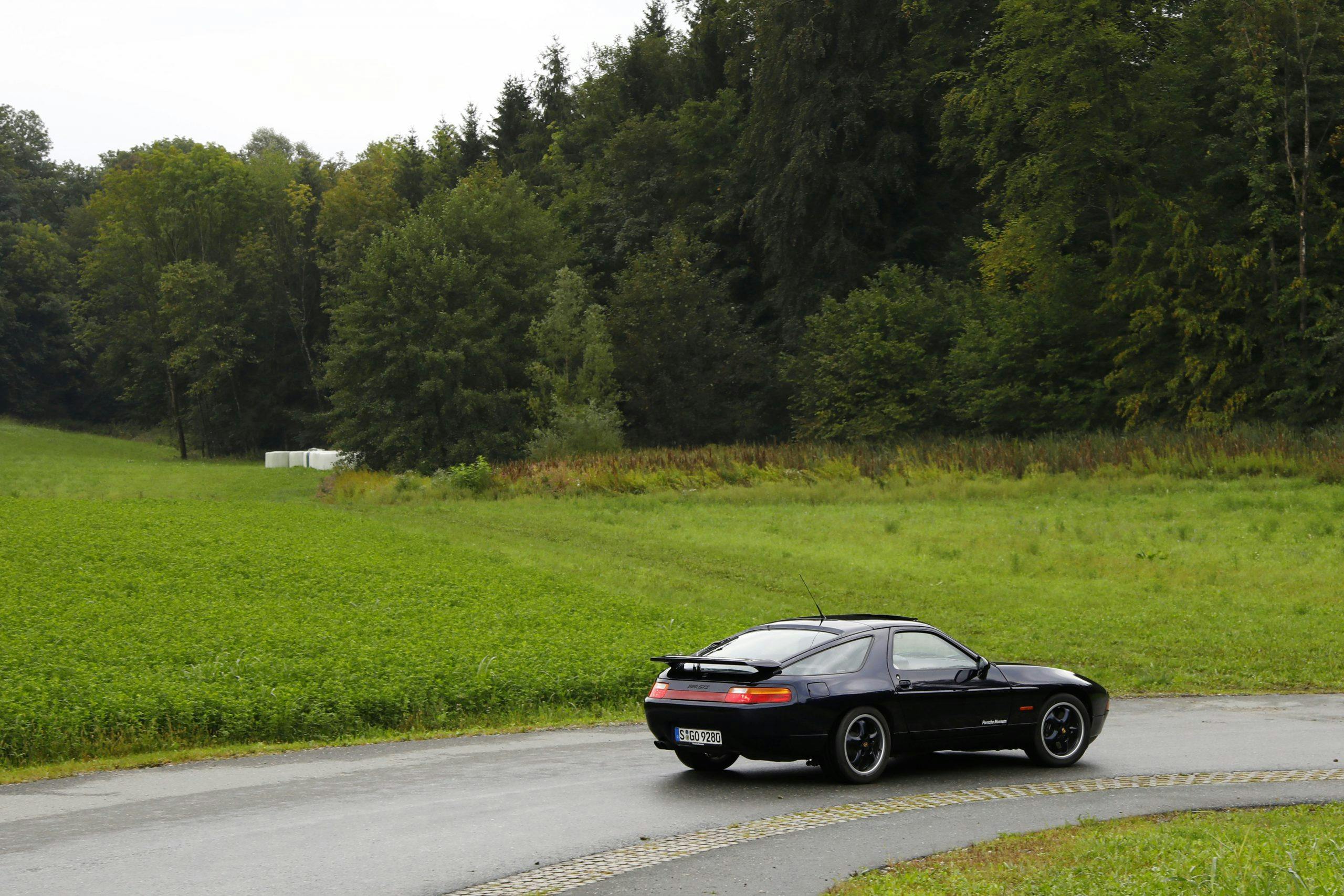
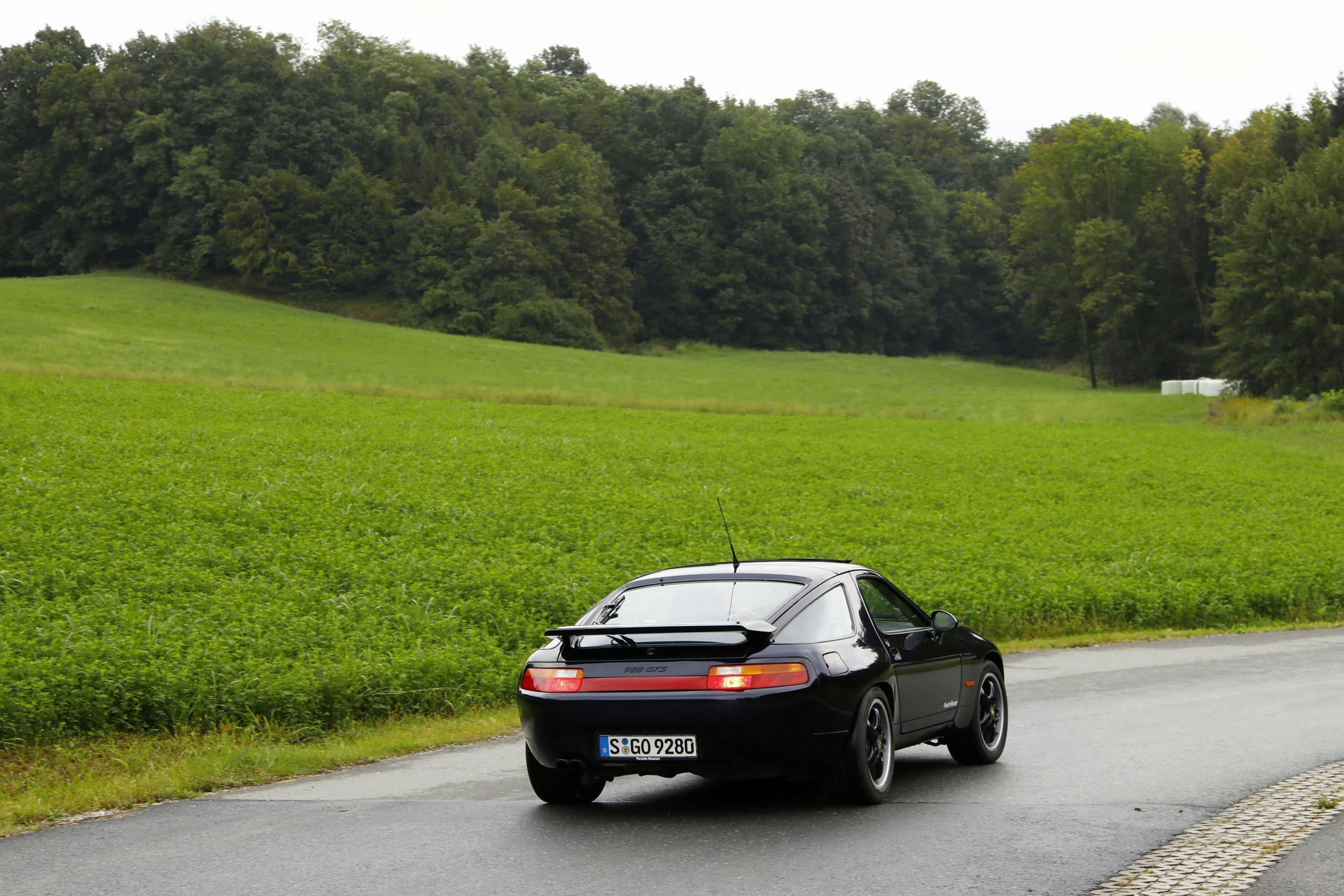
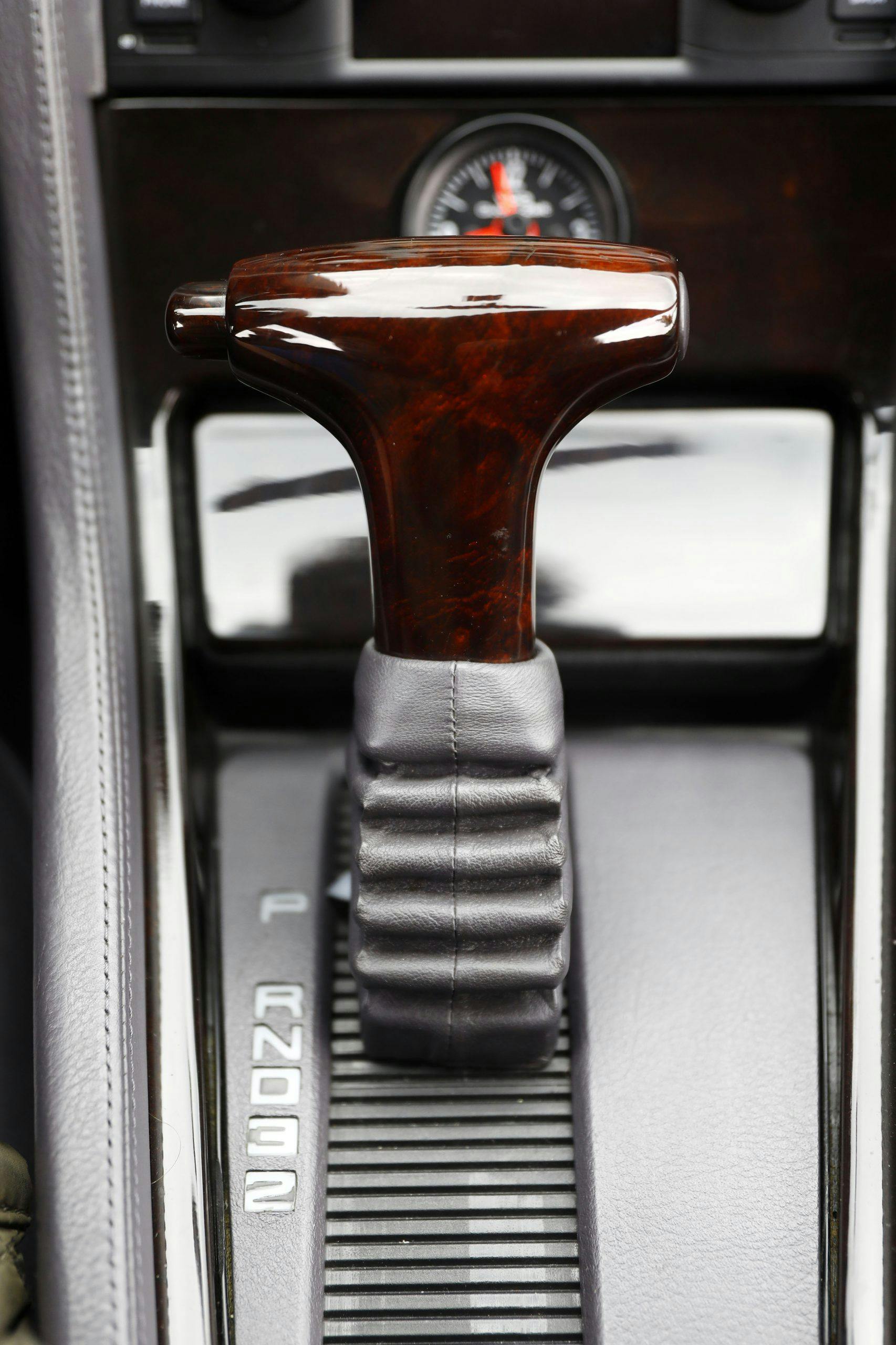
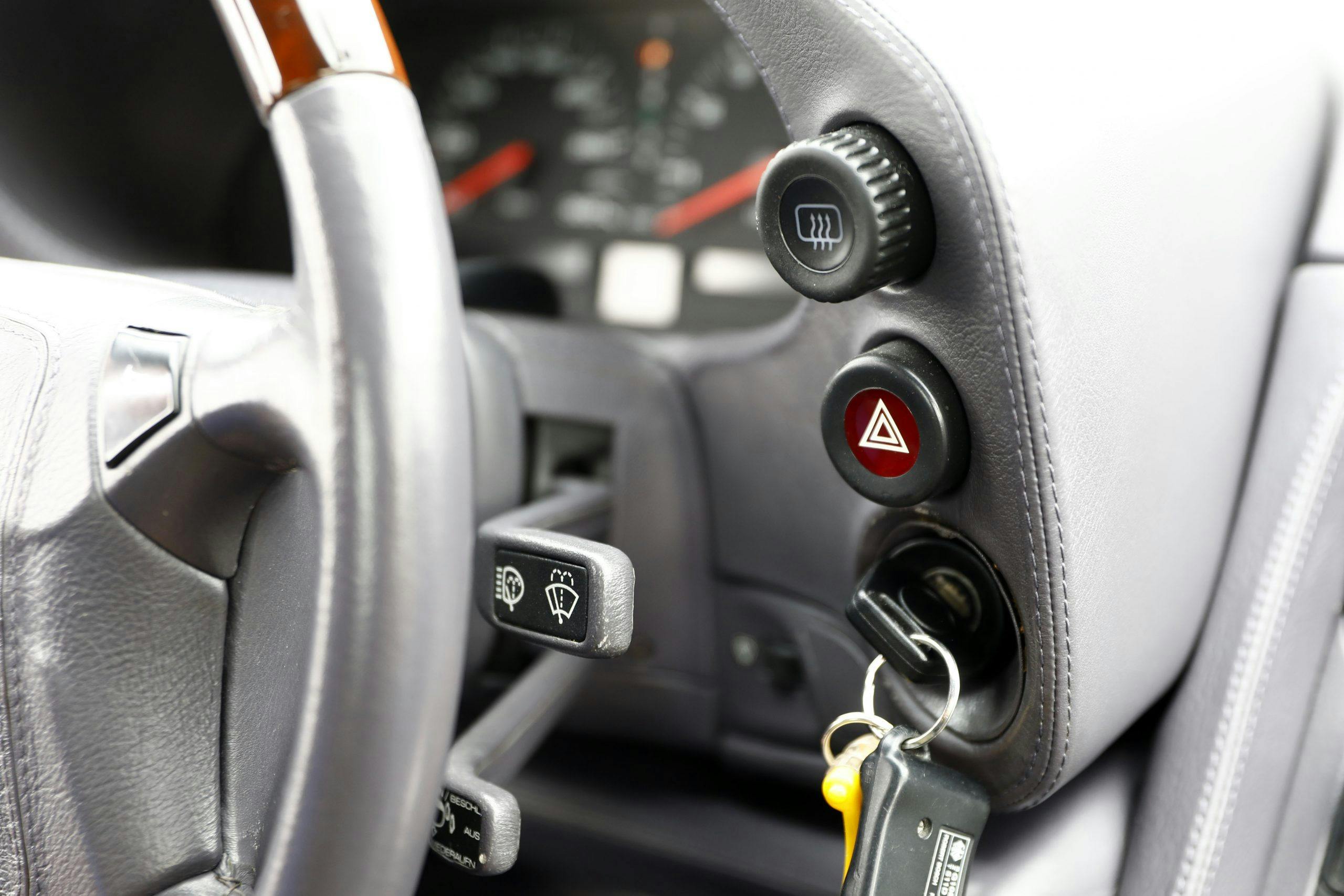
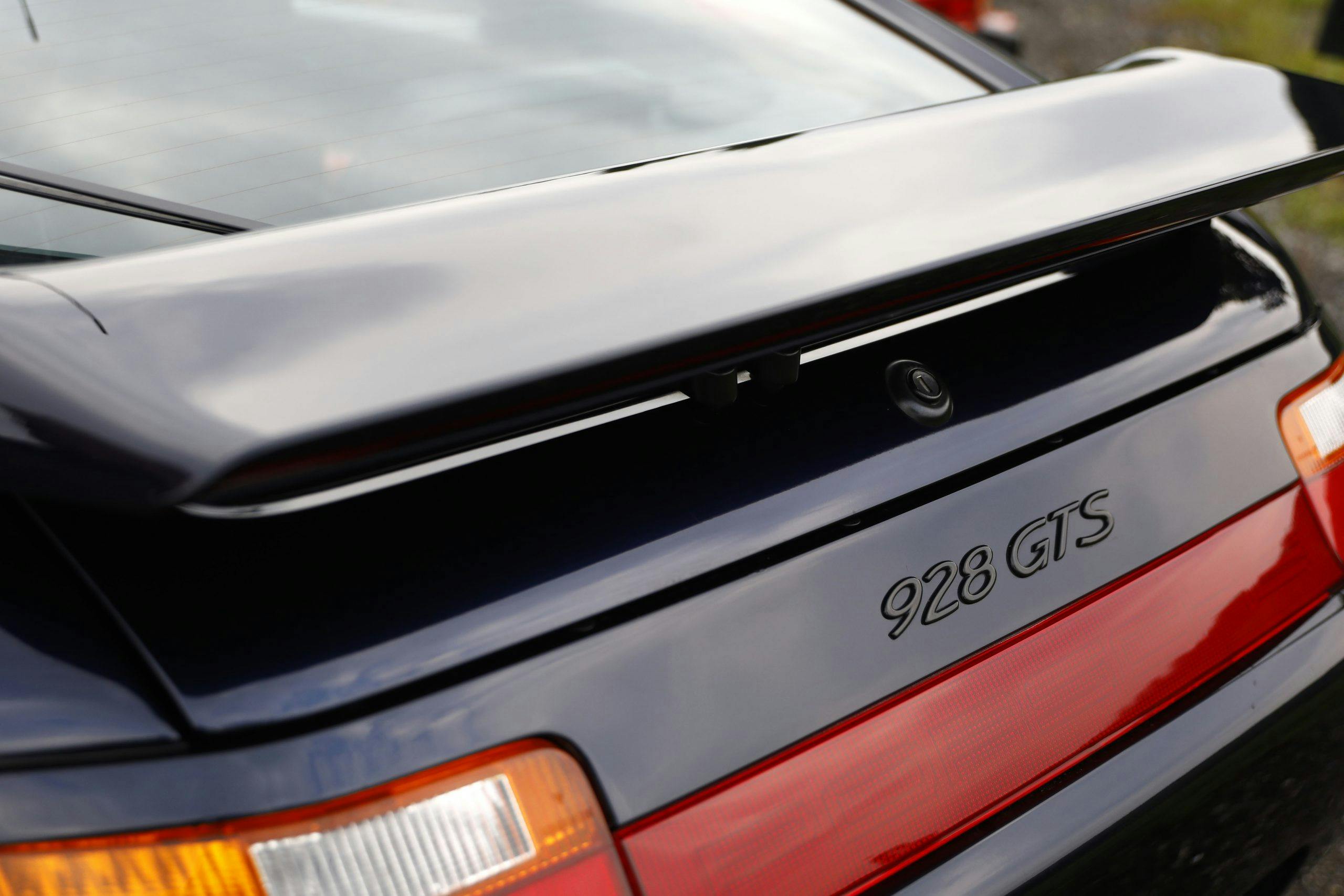
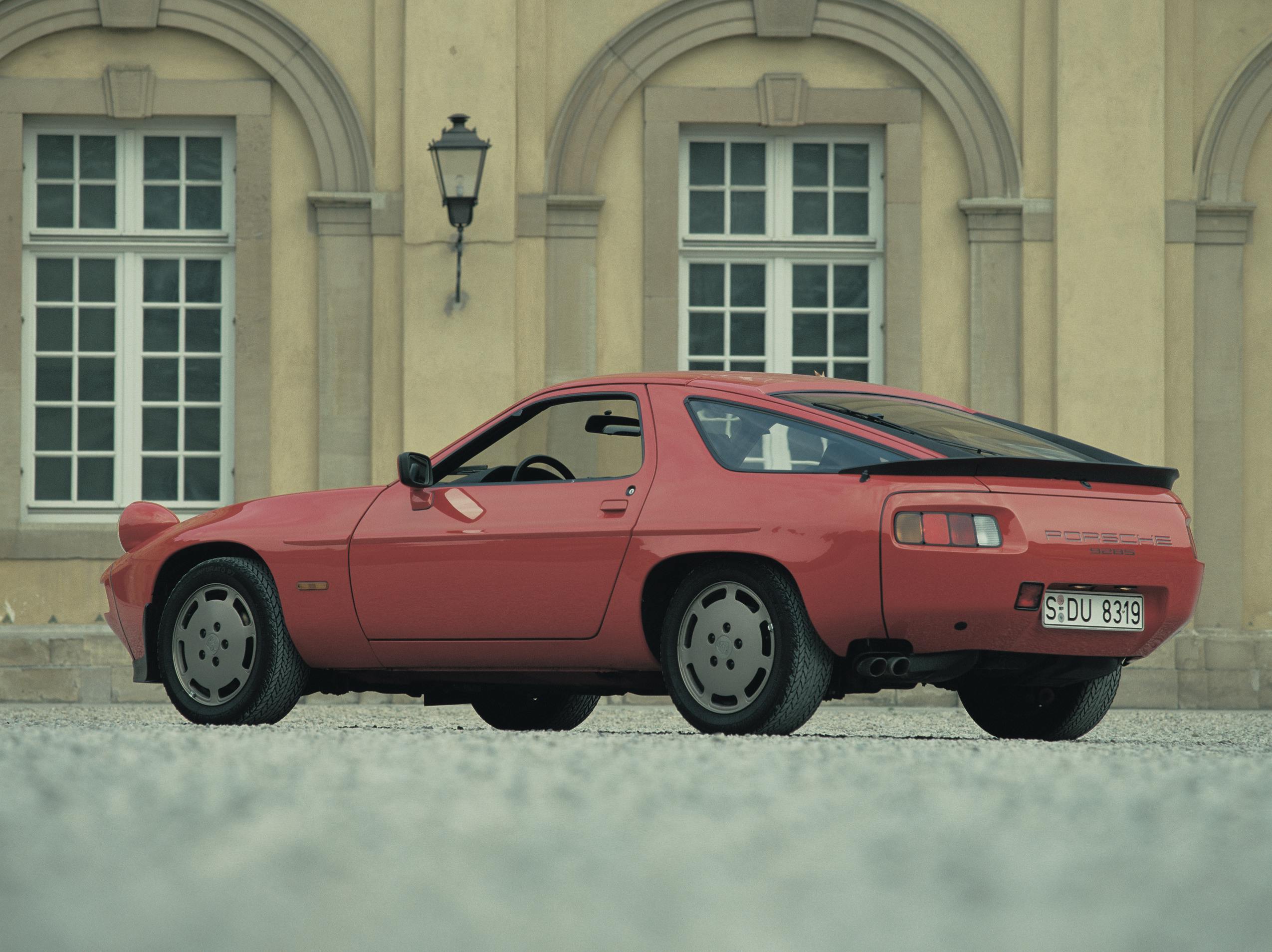



I know people say these look like a squished down Pacer, but I’ve always liked the looks. Also, a lot to be said for a fast, comfy GT when you are cruising the highway.
The 911 is a poorman’s 928.
The 928 is the single biggest slam dunk in vintage/classic porsches.
*the 928 is the only “sports” car ever to win “Car” of the year. the 911 was never in the running for Car of the year.
*the base 928 was more than twice the price of a base 911 and could be spec’d out to be multiples of a comparable 911.
*the 928 is 50/50 weight distribution. the 911 is 40/60
*the 928 pioneered the Weissach toe in/passive steering suspension system. the 911 over steers badly/often spinning the tail out
*the 928 is a blank slate, built in house, Porsche design. the 911 is the evolution of the volkswagon beetle and is a parts bin car.
*the 928 pioneered the use of the center console. the 911 did not come up with a unique single interior design feature
*the 928 was more horse power than the 911
*the 928 has a futuristic/iconic design and is more unique. the 911’s cosmetic claim is its just more widely recognized.
*the 928 set two(2) Bonneville Salt Flats “production” care land speed records. The 911 set none.
*the 928 invented red brake calipers. the 911 did not.
*the 928 has unique Lamborghini Mura pop up headlights. the 911 has wrestled with head light designs and later would badly flop with the 996 flat egg headlight
*928 owners are collectors that appreciate form/design and function. 911 owners often buy based on the color of a car.
*total 928 production is a fraction of any single year of 911 sales making the 928 much rarer
*a 5 speed 928 is much rarer and lesser in total production numbers than any single year manual 911 sold
*Wolf Gang Mobius Anatole Lapine designed the 928.
*the 928 came with rear sun visors. the 911 did not
*the 928 pioneered the enclosed accordion front and rear bumpers. the 911 doesn’t have enclosed bumpers.
*the 928 invented and pioneered the map pocket. the 911 did not.
*the 928, due to a more rigorous bird cage has a envelope sunroof. the 911 has a full size sunroof with less structural roll bar protection.
*the 928 front and back seats are more spacious than a 911s
*the 928 has 45” steel trap/bank vault doors. the 911 doors are shorter.
*the 928 has a higher power to weight ratio than the 911
*the 928 is faster than the 911 (and corvette) both off the line and definitely on top end speeds
*the 928 was made of solid billet steel with aluminum and galvanized steel panels that do not rust. Many 911 panels rust.
*the 928 turns heads and is appreciated by all generations – both men and women are mesmerized by its look. Where as there are jokes about 911 owners where the joke’s punch line connotes “the prick in the 911”
*the 928’s rear / hatch has a large/heavy curved shaped piece of glass. the 911s back glass is small and timid by comparison.
*the 928s rear quarter panel glass is shape/curved. the 911s passenger seat class is small triangle.
*Porsche never received bad press or was sued by 928 owners. Many high profile 911 owners died and prevailed in lawsuits against Porsche not to mention the 911 safety driving classes that Porsche had to bear the expense of implementing.
*On an investment thesis basis, the 928 is the single biggest slam dunk value play across any Porsche, whereas the 911 is a next greater fool momentum play